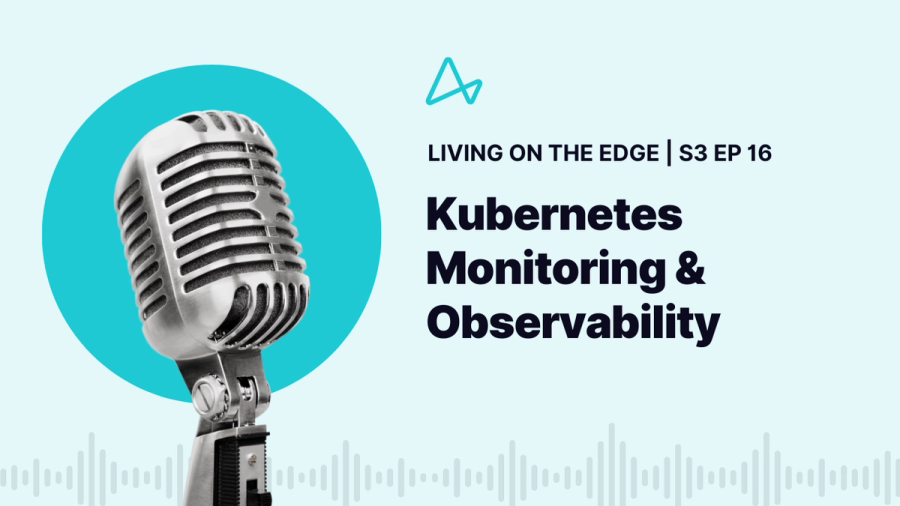
PODCAST
/podcasts/bo-daley-zipcarRead on for the key takeaways from their conversation, or listen to the full podcast:
Make it make sense: Build the business case for investing in a internal development platform (IDP) or developer control plane (DCP)
While it might be obvious to developers and their managers that a centralized control plane could increase developer productivity and focus, it's not always obvious to other stakeholders. Chances are, you're going to have to prove that a developer control plane can unlock developer effectiveness and efficiency by building a business case.
Alan emphasizes the importance of early stakeholder buy-in, with executives likely being the most important group with which he communicated. They won't have time to read a lengthy document, so the best bet is something like an executive summary showing what you're planning, the projected value, and what complications you foresee. "If you think of the venture capital slide deck, that's basically where we started." Alan shares, "Be explicit about what the problem is, how you are going to solve it, this is what we need."
From this starting point, Alan's team was given the green light to move forward with their developer platform, and created something like an 'ask deck', as outlined in the book, Technology Strategy Patterns by Evan Hewitt. "What we are looking for at each stage is permission to take the next step. First, can we do the research? Then, can we do a proof of concept? Next we delivered an UI they could see and understand. This incremental approach gave us a lot of freedom to move forward and experiment and try building the platform without attempting to do it "behind the scenes". At each step, we had transparency and alignment.

PODCAST
Be sure to check out the additional episodes of the “Livin' on the Edge” podcast.
Key takeaways from the podcast included:
Conferences, whether in-person or virtual, provide inspiration, knowledge sharing opportunities, and a sense of community: “great adventures demand great collaborators, or maybe it's even the other way around.”

PODCAST
Be sure to check out the additional episodes of the “Livin' on the Edge” podcast.
Key takeaways from the podcast included:
Although the microservices architecture pattern is widely adopted across the industry, the term “microservices” can mean many things to many people. When reading an article that claims microservices are bad or that engineers should be building “macroservices” or “nanoservices”, take time to understand the related terminology, goals, and constraints.

PODCAST
In this episode of the Ambassador Livin’ on the Edge podcast, Nic Jackson, developer advocate at HashiCorp, discusses all things related to modern “cloud native” platforms and developer tooling.
Be sure to check out the additional episodes of the "Livin' on the Edge" podcast.
Key takeaways from the podcast included:

PODCAST
In this episode of the Ambassador Livin’ on the Edge podcast, Charity Majors, CTO at Honeycomb and author of many great blog posts on observability and leadership, discusses the new approach needed when instrumenting microservices and distributed systems, the benefits of “observability-driven development (ODD)”, and how Honeycomb can help engineers with asking ad hoc questions about their production systems.
Be sure to check out the additional episodes of the “Livin' on the Edge” podcast.
Key takeaways from the podcast included

PODCAST
The conversation yielded several related themes that underpin success for cloud-native adoption in the real world:
Centralizing real-world, cloud-native development to meet business goals should be the key driver of any digital transformation.
In a previous role, Katie worked with the Condé Nast organization to build a centralized, cloud-native solution that unified upwards of 32 different media platforms into a single hosting platform, single CMS, and single visual identity in order to create and deliver content consistently on a global level. "With business critical applications, 'centralizing the decentralized' ensured stability and ownership when we needed to take other nuances into consideration, for example, operating in China and other complex business problems."










